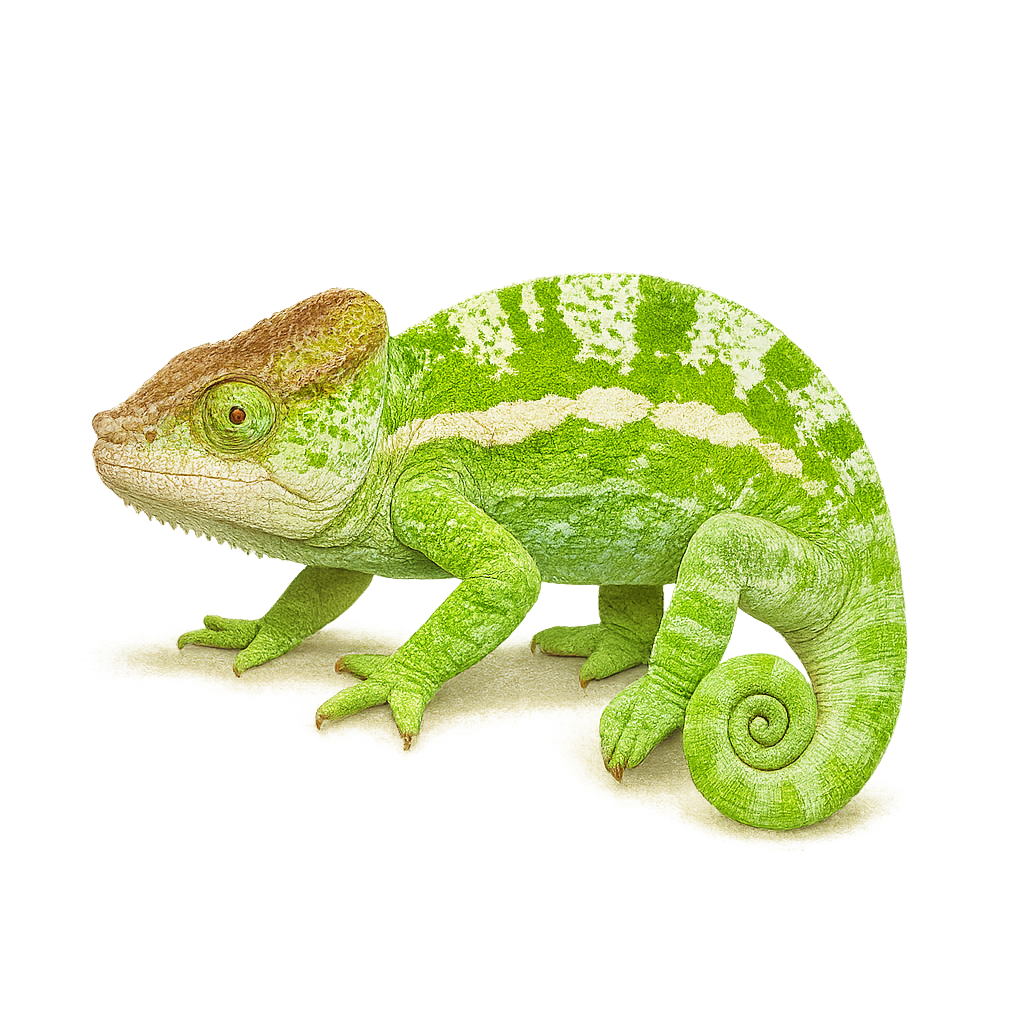Your wildlife photography guide.
Explore the ball chameleon in detail, study its behavior, prepare your shots.
Where to observe and photograph the ball chameleon in the wild
Learn where and when to spot the ball chameleon in the wild, how to identify the species based on distinctive features, and what natural environments it inhabits. The WildlifePhotographer app offers tailored photography tips that reflect the ball chameleon’s behavior, helping you capture better wildlife images. Explore the full species profile for key information including description, habitat, active periods, and approach techniques.
Ball Chameleon
Scientific name: Calumma globifer

IUCN Status: Near Threatened
Family: CHAMAELEONIDAE
Group: Reptiles
Sensitivity to human approach: Suspicious
Minimum approach distance: 3 m
Reproduction period: November to December
Incubation: 5–6 mois
Births: May to June
Habitat:
Humid forests, wooded areas
Activity period :
Active during the day when temperatures are favorable, often seen basking in the sun.
Identification and description:
The Calumma globifer, or ball chameleon, is a species of chameleon endemic to Madagascar. This reptile is particularly notable for its globular eyes, which provide a 360-degree field of vision, a significant advantage for spotting prey and predators. Its skin, a vibrant green, can change color to blend into its surroundings or express emotions. The ball chameleon prefers humid forests and wooded areas, where it primarily feeds on insects. It is generally solitary and territorial, except during the breeding season. Although its habitat is threatened by deforestation, it remains relatively common in some parts of the island.
Recommended lens:
Macro – adjust based on distance, desired framing (portrait or habitat), and approach conditions.
Photography tips:
To photograph the ball chameleon, focus on the humid forests of Madagascar. Use a macro lens to capture the details of its skin and eyes. Be patient and discreet, as this chameleon is suspicious and can easily hide. Opt for times of the day when natural light is soft to avoid harsh shadows. A tripod can be helpful to stabilize your camera in the low-light conditions of the undergrowth. Finally, always respect the safety distance to avoid disturbing the animal.
The WildlifePhotographer App is coming soon!
Be the first to explore the best nature spots, track rutting seasons, log your observations, and observe more wildlife.
Already 1 432 wildlife lovers subscribed worldwide

